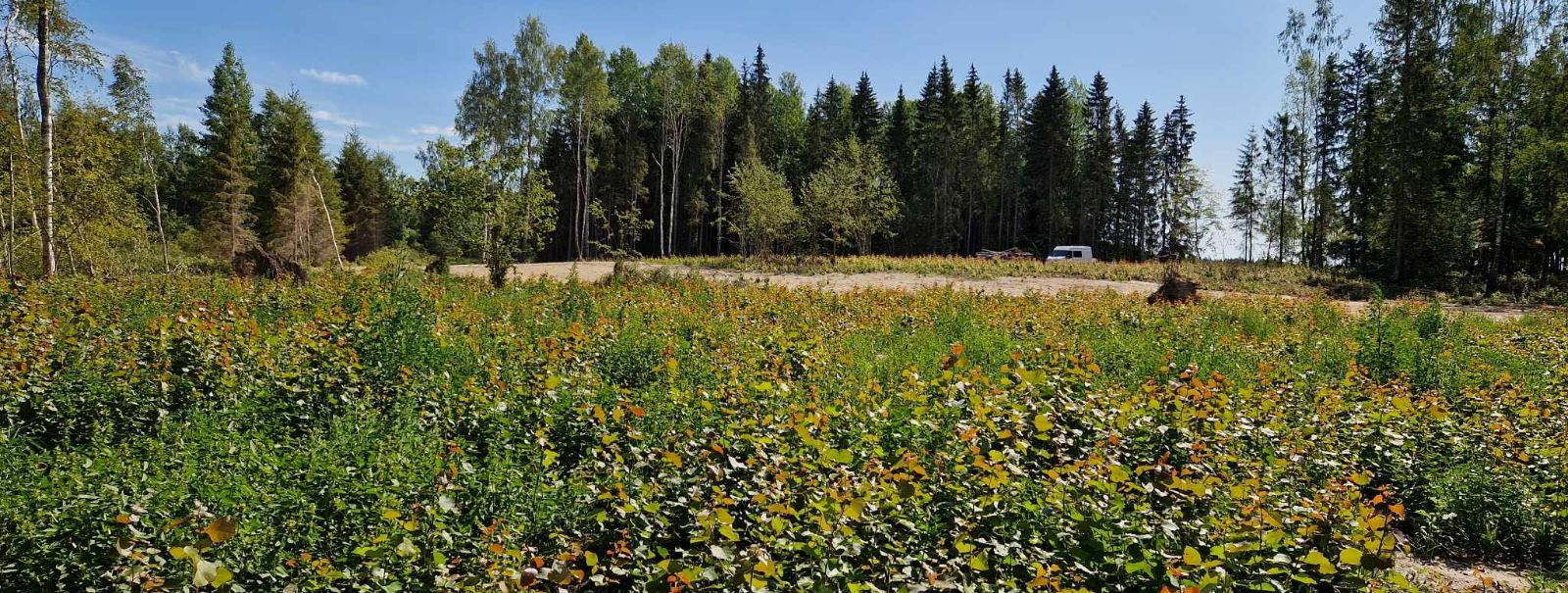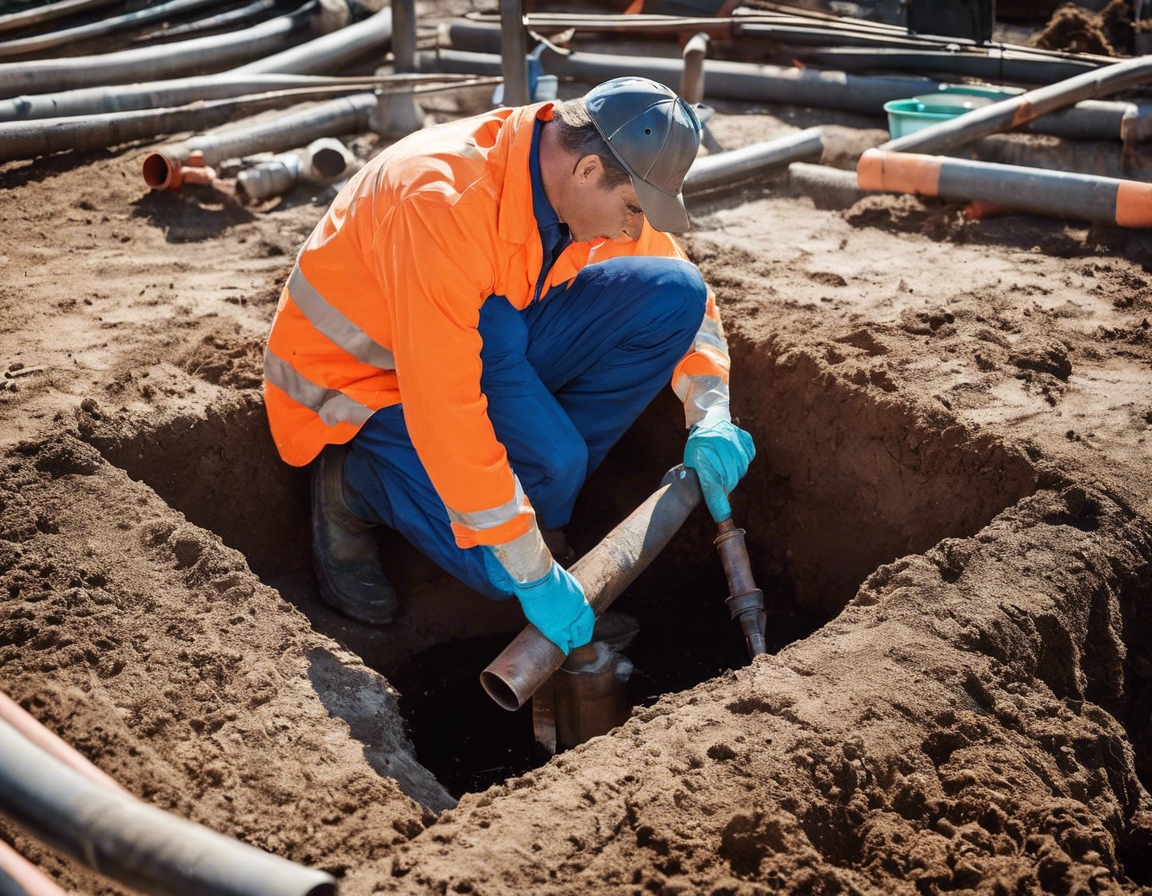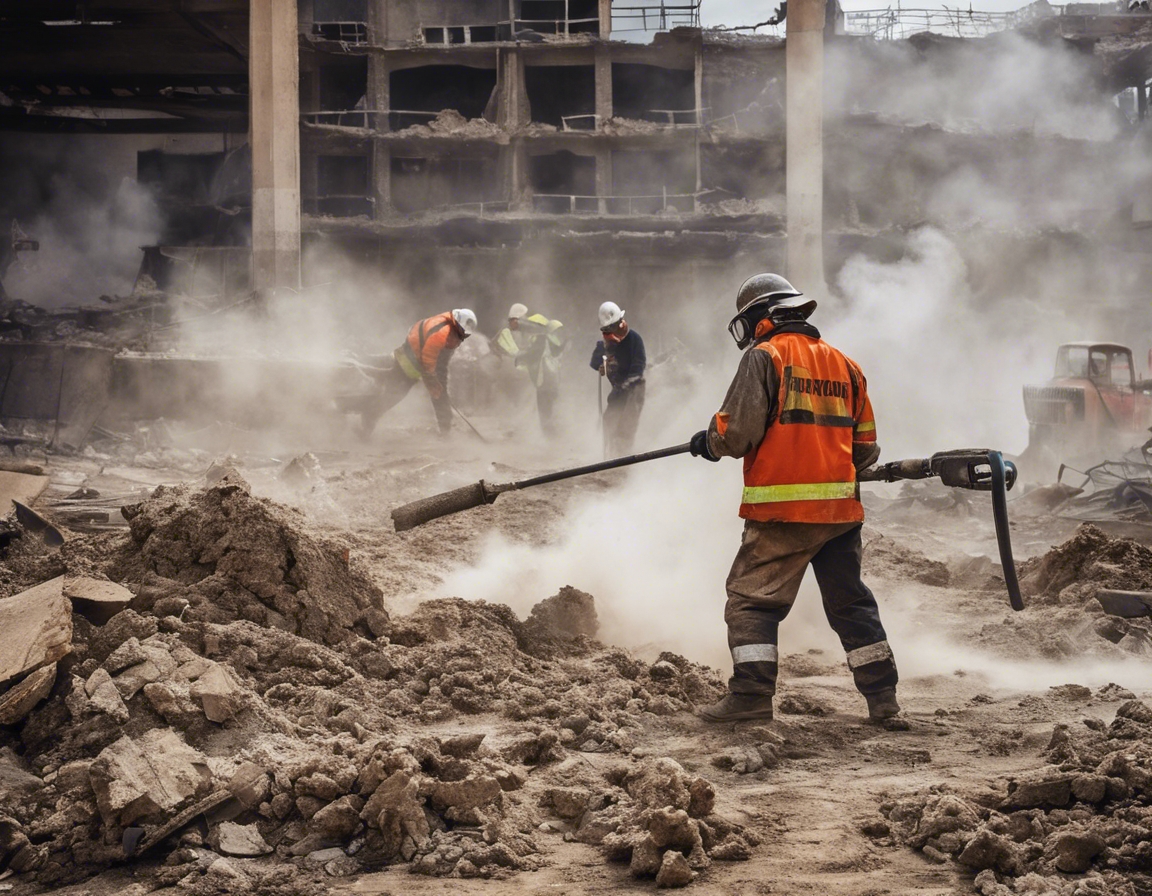5 tips for sustainable landscaping in your backyard
Sustainable landscaping is an approach to designing and maintaining your backyard that prioritizes the health of the environment. It involves practices that support ecosystem services, conserve resources, and reduce waste and pollution.
Adopting sustainable landscaping practices can lead to a plethora of benefits, including reduced maintenance costs, enhanced biodiversity, improved soil health, and a positive impact on the local environment and its inhabitants.
Tip 1: Utilize Native Plants
Native plants are adapted to the local climate and soil conditions, which means they require less water, fertilizers, and pesticides. They also provide essential habitat for local wildlife, including pollinators like bees and butterflies.
Researching the native species of Estonia, consulting with local nurseries, and considering the specific conditions of your backyard are key steps in selecting the right native plants for your landscape.
Tip 2: Implement Water Conservation Techniques
Efficient irrigation systems, such as drip irrigation or soaker hoses, can significantly reduce water usage. Timing your watering for early morning or late evening can also minimize evaporation.
A rain garden is a shallow depression planted with deep-rooted native plants. It's designed to capture rainwater runoff and allow it to soak into the ground, replenishing groundwater and reducing stormwater pollution.
Tip 3: Opt for Organic Mulches
Mulch helps to retain soil moisture, suppress weeds, and improve soil quality as it breaks down. Organic mulches, such as wood chips or straw, are renewable resources that contribute to a sustainable landscape.
Consider the source of the mulch, its sustainability, and its suitability for your specific plants and soil type when selecting an organic mulch for your backyard.
Tip 4: Incorporate Permaculture Principles
Permaculture is a design system that mimics the patterns and relationships found in nature. It aims to create sustainable and self-sufficient landscapes that require minimal input and maintenance.
Integrating elements such as composting, edible gardens, and habitat features can transform your backyard into a permaculture oasis that supports sustainability and productivity.
Tip 5: Reduce Lawn Space
Conventional lawns often require significant amounts of water, fertilizers, and pesticides. They can be environmentally taxing and contribute little to local biodiversity.
Replacing lawn areas with native groundcovers, edible gardens, or hardscaping can reduce your environmental footprint while creating a more interesting and diverse backyard landscape.






Comments (0)